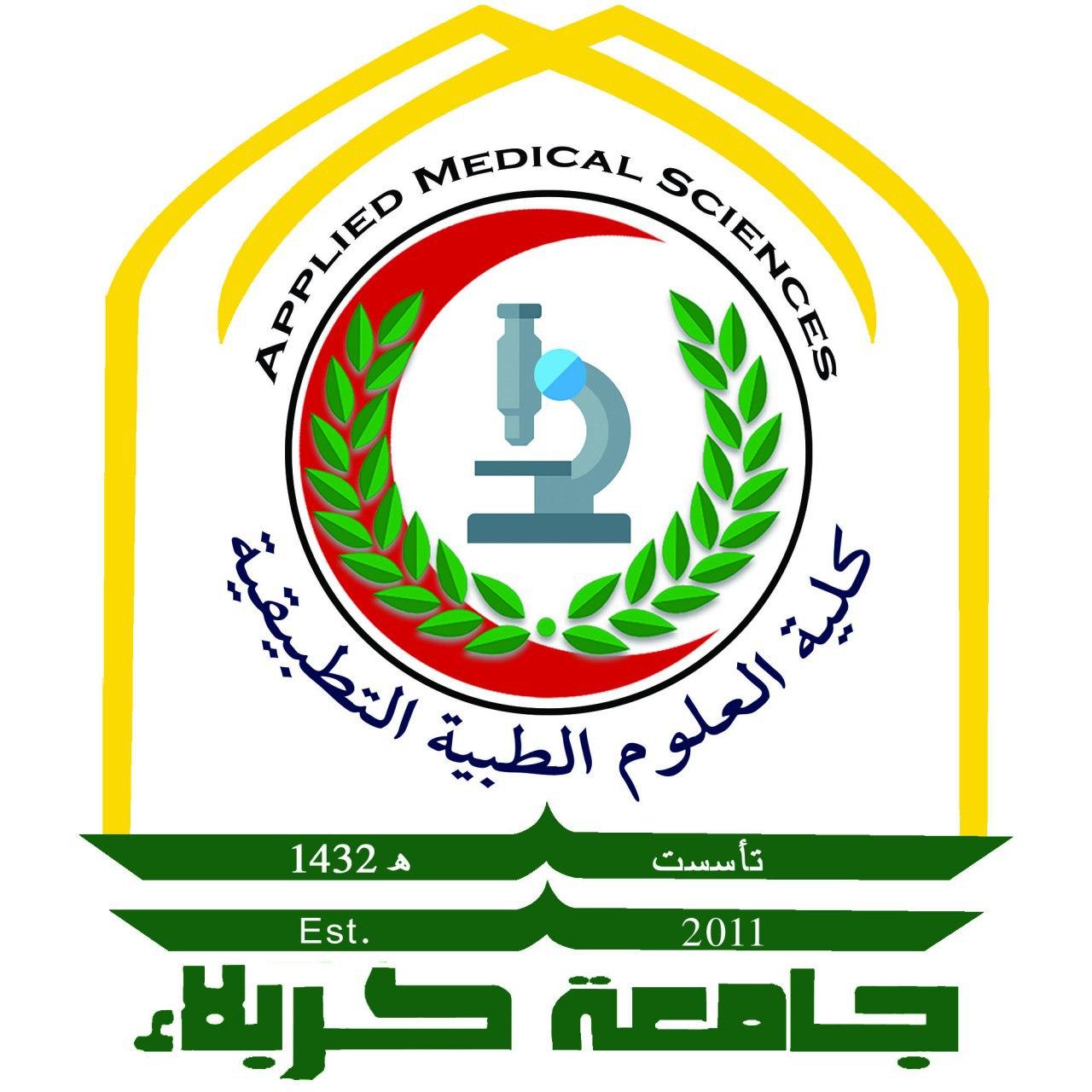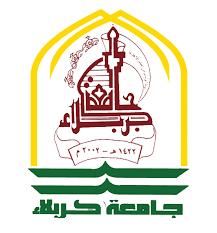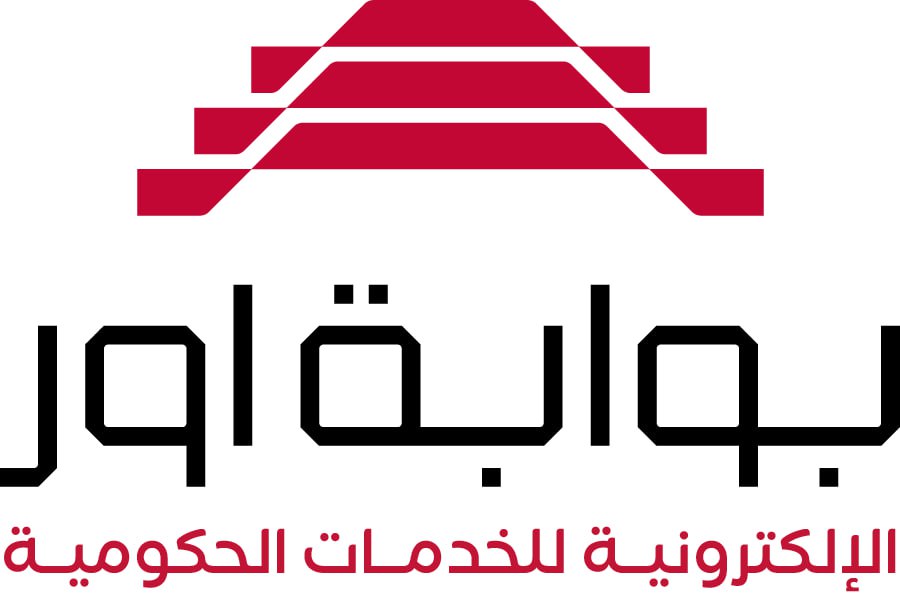Blog
Assessment of Serum Ghrelin in Iraqi Children with Iron Deficiency Anemia
Abstract
A total number of 40 children with iron deficiency anemia and 40 healthy control children between the ages
of 5 – 11 years were included in this prospective study which was done in kerbala Pediatric teaching hospital
in Iraq from the period of April to November 2019 to assess serum ghrelin levels. Iron deficiency anemia
was diagnosed based on clinical and laboratory findings ((complete blood count by automated coulter),
serum iron, Total iron binding capacity, and serum ferritin by Abbott machine)), and serum ghrelin levels
by ELISA. All patients and controls were included by these investigations. In children with iron deficiency
anemia the mean values of Hb, PCV, MCV, serum iron and serum ferritin levels were significantly lower
than that of the control. (Patients’ Hb (g/dl): 9.8 ± 1.8, control: 12.5 ± 0.8), (PCV (%) for patients: 29.9 ±
2.9, control: 36.3 ± 4.5), (MCV(fl) For patients: 67.9 ± 7.9, control: 76.2 ± 4.7), (serum iron (μmol/l) for
patients: 5.7 ± 1.7 , control 16.7 ± 4.4 ), (Serum ferritin (ng/ml) for patients’ group: 11.5 ± 3.9, control: 82.3
± 35.1)Serum ghrelin levels were low in children with iron deficiency anemia (mean: 3.5 ± 3.3 ng/ml) with
statistically significant differences from that of the control (mean: 5.4 ± 2.2 ng/ml). Serum ghrelin levels
are reduced in children with iron deficiency anemia. Low ghrelin levels might cause delay in growth and
development of children with iron deficiency anemia.
Key words: Ghrelin hormone and iron deficiency anemia.
Post Views: 247




























































